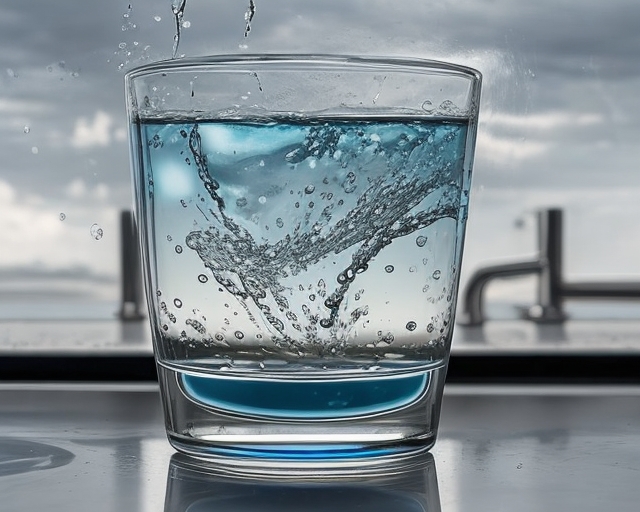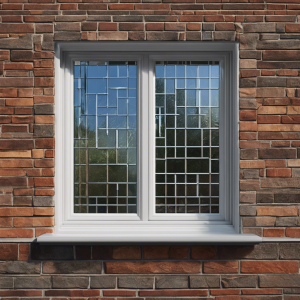From producing better-tasting drinking water to more specialist applications such as brewing coffee and making crystal clear ice cubes – water filters can help with a variety of applications.

Nowadays, water filtration systems are common and the technology has advanced from the simple filters of the past to more complex systems. While they all provide clean and pure water, it’s important to understand how they operate to choose the right one for your application.
We don’t need to tell you that in a country where waterborne diseases cause over 10,000 deaths per year, having a water purifier in every home is critical. Although higher authorities can do their best to provide us with clean and healthy drinking water, we must also take responsibility for ourselves. We must ensure that an electric water purifier is installed in our homes and workplaces.
The methods mentioned below are only a few of the many ways to purify water at home, whether for emergency use, outdoor survival, or, as some of the methods require, daily use.
1. Boiling
Boiling water for an extended period is the easiest way to purify it. Bacteria and viruses dissipate at high temperatures, eliminating any impurities from the water. Chemical additions often vanish from the water as a result of this process. Dead microorganisms and impurities, on the other hand, accumulate at the bottom of the water, and boiling does not remove any of the impurities.
2. Reverse Osmosis
An RO Purifier is one of the most effective ways to purify water. Reverse osmosis eliminates toxins by forcing water through a semipermeable membrane. TDS Controller and Mineraliser Technology, such as that used in an A. O. Smith RO UV Water Purifier, aid in the retention of essential nutrients while removing harmful impurities.
3. Commercial Filters
Water can be filtered in a variety of ways to make it safe to drink. Porous fabrics like coffee filters and cotton cloths can be used in a pinch, but they aren’t very effective at eliminating all unwanted particles.
Commercial filters, on the other hand, are extremely effective at extracting almost all tannins and soil from polluted water.
Commercial filters come in a variety of sizes and shapes, including compact ones to have on hand in an emergency, filtration devices that connect directly to your home faucet, and even filters that come pre-installed on water pitchers and individual bottles.
4. Distillation
Distillation is a water purification method that involves extracting condensed water after it has evaporated, ensuring that the water is clean. However, since it is time-consuming and removes minerals, it is not as efficient as a RO filter.
5. Solar Radiations
Solar purification, which uses the sun’s ultraviolet radiation to filter water, is an alternative to UV filtration. Fill a plastic bottle halfway with water, shake it to enable the oxygen, and position it horizontally in the sunlight. This effectively destroys bacteria and viruses in the water, rendering it healthy to drink.
6. Liquid Iodine and Iodine Tablets
To destroy contaminants in water, use small quantities of liquid iodine or iodine tablets. Iodine, like bleach, is a solvent that can only be used for a brief period.
If the water is clear, use a medicine dropper to apply five drops of 2 percent liquid iodine to each quart of water. Use ten drops if the water is cloudy. Water purification tablets containing iodine are also available.
Two tablets per quart of water can be used. Allow the solution to sit at room temperature for at least thirty minutes to an hour. Until drinking, give it a good shake.
To remove any bitter feelings from the iodine, add ingredients like lemon juice, lemonade powder, or even vitamin C tablets to the filtered water.
7. Bleach
While it might seem strange, bleach may be used to purify water in an emergency. Working with bleach, however, can be dangerous because it is a chemical, and strict guidelines must be followed to ensure proper protection and successful water treatment.
First, double-check that you’re using a chlorine bleach that’s both soap-free and unscented. Add the following quantities of liquid bleach to the infected water using a fresh or sterile medication dropper:
Add 8 drops of bleach to each gallon of water if the chlorine content is 4 to 6 percent (most common household bleaches).
1 percent chlorine – For each gallon of water, add 40 drops of bleach.
Add 4 drops of bleach to each gallon of water to make it 7 to 10% chlorine.
After mixing the two, let the chlorinated water sit for 30 minutes before drinking. The filtered water should have a faint chlorine odor. If not, the procedure can be repeated.
8. UV Radiation
Water is exposed to UV light, which kills microorganisms and prevents them from reproducing. UV Radiation alone, however, would not be able to eliminate impurities and heavy metals if it is not used in conjunction with a RO Filter.
Ranking of Filtration Methods
If I had to rank water filtration methods from best to worst for household use, it would be:
- Reverse Osmosis – Offers the most thorough filtration for complete removal of microbial, chemical, and physical contaminants.
- Activated Carbon – Excellent filtration of chemicals and organics with simpler maintenance than RO.
- Ultraviolet Disinfection – Reliable disinfection without removing healthy minerals.
- Ion Exchange – Removes heavy metals and hardness, but does not disinfect.
- Boiling – Inactivates microbes only, without removing other contaminants.
- Sediment Filters – Basic filtration of particles only.
In conclusion, RO provides the highest quality drinking water, followed by activated carbon and UV systems. Boiling and sediment filters offer more limited purification. The choice depends on specific water conditions and purification goals. Proper use and maintenance are key for optimal performance.



